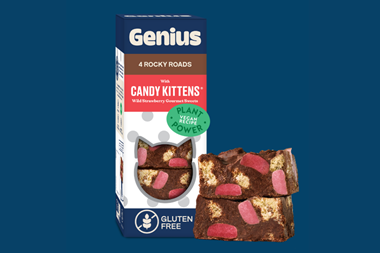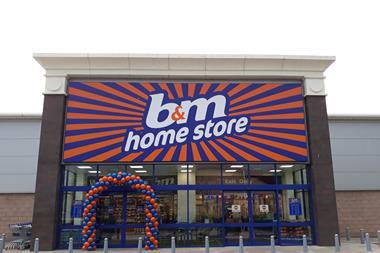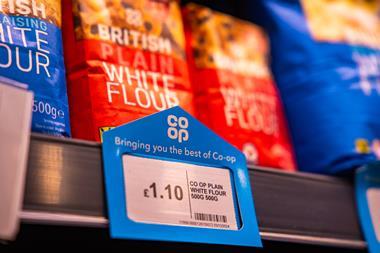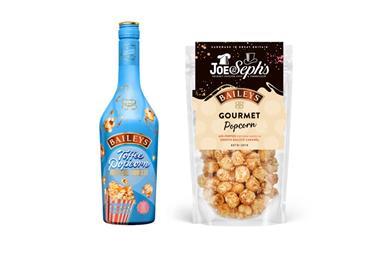Yesterday in a small room on the campus of Reading University, having survived a homicidal taxi driver who hadn’t quite mastered how to share the joy, The Grocer joined a select group of journalists from around the globe at a key moment in food history.
Here was a chance to taste for ourselves what has been described as one of the “two holy grails” of the chocolate industry.
In a scene that would not have been out of place in Willy Wonka’s chocolate factory – with apologies to Nestlé – we got to try a version of Cadbury milk chocolate, invented by the brightest boffins Bournville and Reading had to offer, which even when subjected to temperature of 35°C, showed no sign of melting.
In truth, it was a pretty horrendous experience. This was not so much because much because of the taste of the chocolate – which was fine, apart from the fact it seemed to take an age to melt in the mouth – but because, in order to create the perfect conditions, hosts Mondelez had to crank up the heating to swoon-inducing levels.
Apart from this small inconvenience, the consensus in the room was that the chocolate stood up to the taste test as well as the heat. Non-chocolate connoisseurs would probably struggle to tell the difference, although Mondelez admits that because of the different techniques required, the chocolate isn’t quite as it would make it, all things being equal. But it certainly didn’t have an unnatural taste like some reformulated products of the past and looks like a sure-fire winner with a mass market.
News that Cadbury had made the great scientific breakthrough in heat-proof chocolate crept out late last year. While keeping its cards close to its chest, Mondelez has begun dropping hints about how it thinks the discovery could revolutionise its business.
Bharat Puri, the charismatic head of global chocolate at Mondelez, said that while the average Brit chomps through 9-10kg of the stuff a year, in other countries, such as his native India, there are huge barriers to the growth of chocolate – due, in no small part, to the climate.
“In India there are two seasons,” joked Puri. “Hot and hotter.”
It’s not that people in hot countries aren’t ready for chocolate, but that storing it, transporting it and eating it without making a terrible liquid mess and/or punching a colossal hole in the ozone layer is rather difficult.
And it’s not so much places like India as countries such as Nigeria where Cadbury will first look to exploit its new creation. With a population of around 170 million in that one country alone, it’s no wonder that Mondelez is licking its lips in anticipation of breaking into untapped markets.
Its chocolate sales are already growing at 11% in emerging markets, compared to 3% in developed ones, so the prospect of opening up an entirely new mass audience is like finding a golden ticket indeed.
One senses it won’t be too long before Mondelez’s rivals come up with their own solutions. As tends to happen with scientific breakthroughs, you wait 130 years for one and then three or four arrive at once.
But what about that other holy grail – the chocolate bar that delivers all the flavour, without the calories? Puri admitted that in this particular race, Cadbury is further away from the finishing line.
“We are constantly looking at it,” he sighed. “Maybe tomorrow.” Or maybe not.



















No comments yet